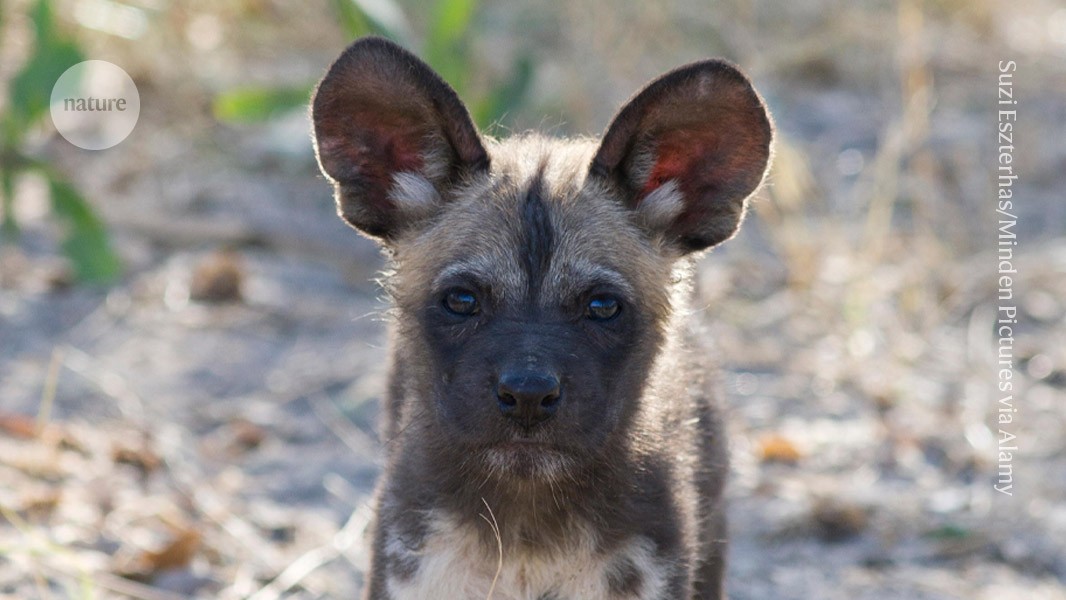Two more separate killings of blue whale calves were captured in the same area in 2019 and 2021.
Even though there have been reports of orcas sporadically attacking blue whales and causing significant injuries, there has been no confirmed kill of an adult or calf until now, the research added.
The orcas — referred to in the study as “killer whales” — continued to attack their prey for 20 minutes, while the adult blue whale was “slapping and swiping its tail,” as a defense mechanism, the research said.
The final hunting episode lasted for nearly three hours, and the number of orcas present ranged from about 50 to 75.
At least 16 of the same orcas took part in all three attacks.
Adult female killers could be more likely to start attacks because they have young to feed, and therefore require sustenance more often than adult males.
“These guys are ferocious with a preference for squid, fish and beaked whales. In recent years recordings of the number of beaked whales taken have increased, in this region they are known to also predate on humpback and minke,” John Totterdell, a researcher at the Cetacean Research Centre who was involved in the research, said.
“It’s suggested that killer whale predation has impeded gray whale population recovery in the Northwest pacific, yet in Australia, with many whale species known to be targeted by killer whales, the impact of their predation on these populations remains unknown.
“This study, combined with our recent research, highlights the need for increased understanding of killer whale population ecology so we can better determine their impact on the marine ecosystem in Australian waters.”







More News
ABC News’ President, Kim Godwin, to Step Down
Opinion | Marjorie Taylor Greene Is Not as Powerful as She Thinks She Is
How to Know When a Good Dog Has Gone Bad